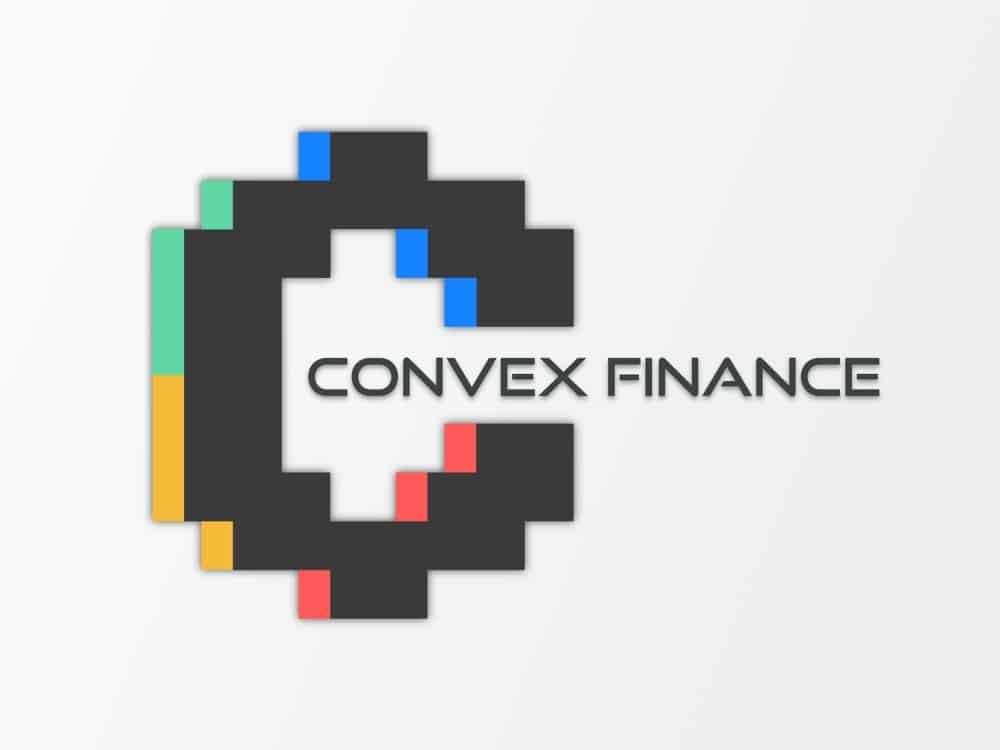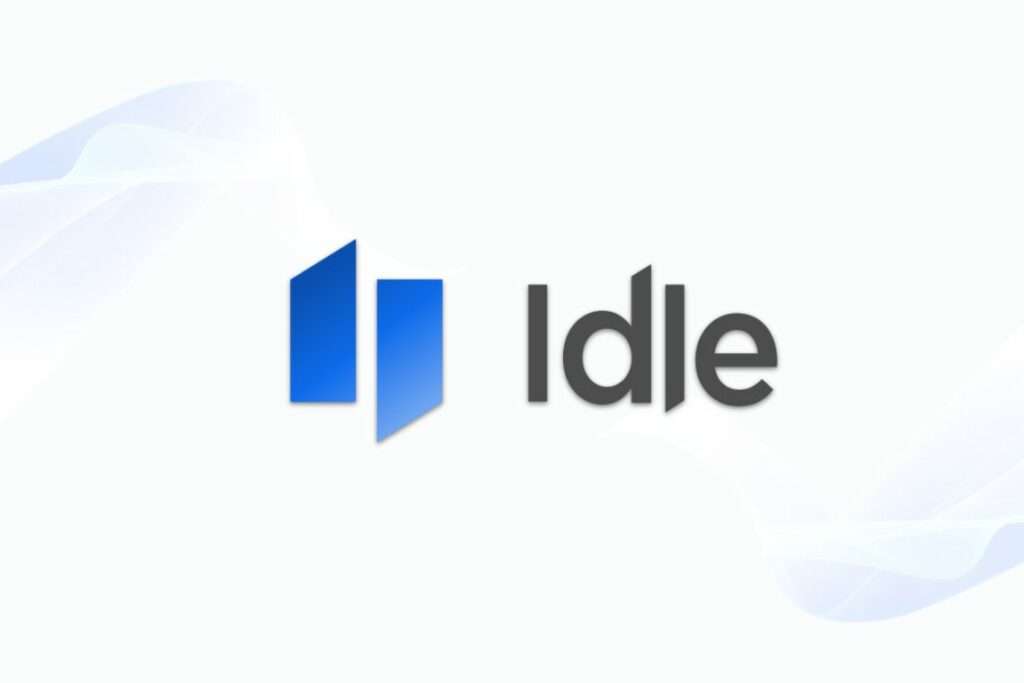Yield Aggregators assist DeFi investors in efficiently hedging wild market fluctuations and reducing the costs associated with participating in the cryptocurrency business.
This article exposes how returns in DeFi asset management can be maximized with yield aggregators.
In DeFi, “yield farming” refers to putting your crypto assets to work and earning their highest potential returns. This concept gained traction following the introduction of governance tokens.
They are typically utilized as an early bootstrapping technique to raise additional funds. As additional wealth flows in and the user base expands, the fixed pool of incentives is divided into more individuals.
As a result, returns in DeFi might vary greatly depending on the market value of the governance token. This dynamic keeps users constantly looking for the best yield chances.
Enter DeFi yield aggregators (“yield optimizers”), which solve this issue.
What are Yield Aggregators?
Yield aggregators, as the name implies, refer to aggregating platforms or protocols that combine the investment of several crypto investors (who can be compared to ‘farmers’) to maximize profit earnings by utilizing alternative investment techniques.
These aggregators, also known as yield optimizers, expedite the yield farming process by automatically allocating cash across several yield farming possibilities to maximize profits.
Conversely, investors might profit from accumulating passive income across many DeFi instruments.
How Do Yield Aggregators Work?
The yield farming process often requires participants to lock up or stake their assets, whereas yield aggregators work by automating the farming process to produce the maximum yields possible.
Let’s look at how this system works in more depth.
Real-life terms such as “farm” do not appear random. A farm is a location where crops are produced to provide a yield.
A similar principle applies to yield farming in DeFi, in which “farmers” invest (crop) to earn profits (yields).
Yield aggregators pool the investments of many farmers (crypto investors) to let them earn profits using various tactics while keeping inactive and waiting to accrue passive income because the automated service provided by yield aggregators does everything for them.
Using these tactics, investors can shift tokens across platforms while optimizing yields through auto-compounding.
This technique allows stakeholders to claim and reclaim their rewards without having to do it manually.
Some of the tokens used in yield farming are governance tokens, which allow players to influence management decisions through voting.
Protocols provide governance tokens to encourage network activity and to propose and vote on improvements. Such incentives increase fees, resulting in higher deposited token yields.
Where Does the Yield in DeFi Yield Aggregators Come From?
Yield aggregators increase earnings by constantly monitoring the DeFi landscape. They determine the highest-yield solutions for given assets or risk profiles.
This means that the aggregator does all the work for users, from switching between strategies to reinvesting rewards for compounded growth. It is vital to note that DeFi yields are often not immediately reinvested.
This requires consumers to actively collect and reinvest them, which incurs gas prices that reduce investment returns.
Yield aggregators obtain yield from a variety of sources, including:
- Lending: This is the yield consumers earn when they lend their crypto assets to others. For example, a user who invests DAI in Compound will receive interest payments.
- Market making: This is the reward users receive for supplying liquidity to facilitate decentralized trading. For example, when a user swaps tokens on Uniswap, they must pay a charge to the liquidity providers who supply the tokens.
- Staking: This is the reward that users earn for participating in a blockchain’s consensus process. For example, if a user bets ETH in Ethereum, they will get incentives in the form of additional ETH.
- Token rewards: These are the payouts that users earn for completing a specific action or meeting a particular condition. For example, if a user invests DAI in Compound, they will receive COMP tokens as an incentive.
Top Yield Aggregator Strategies and Tools
Yield aggregators use several tactics to maximize returns in DeFi asset management and maximize profits for investors. Some of them are;
- Staking crypto assets
- Portfolio diversification
- Supplying liquidity to liquidity pools
- Lending and borrowing of Crypto Assets
- Automatically compounding yields
Staking Crypto Assets
Investors can stake their crypto assets in DeFi protocols, which help to secure the network and manage its performance.
An aggregator network that uses the staking approach often rewards stakes with additional tokens as compensation for their contributions.
Portfolio Diversification
Yield aggregators, like other investment environments, use portfolio diversification to achieve their goals.
Yield aggregators can access various opportunities across several blockchain networks by proactively diversifying investment portfolios through cross-chain yield farming and other on-chain/off-chain investment opportunities.
This diversification distributes risk equitably across various yield farming procedures and maximizes prospective rewards.
Supplying Liquidity to Liquidity Pools
Another strategy yield aggregators use is to supply liquidity to several liquidity pools. The yield aggregator can maximize returns by offering a liquidity facility for secondary DeFi projects while reducing investor risk exposure.
Lending and Borrowing of Crypto Assets
While providing liquidity to secondary projects in exchange for a higher assured return is easier, some aggregators go above and beyond by providing lending and borrowing services.
They usually use a match-making system to bring borrowers and lenders together. Users can lend their crypto assets directly to a borrower or a borrowing pool, receiving interest on the amount lent.
Borrowers can use these assets by paying interest, creating a mutually advantageous ecosystem for all stakeholders.
Automatically Compounding Yields
This method entails reinvesting generated yields into the investment via an automated system, allowing the principle and interest to generate new profits.
The compounding impact increases overall returns over time. Although it takes longer to reach maturity, it produces more significant returns than most other strategies.
Up ahead, we will delve into the top yield aggregators platforms.
Top Yield Aggregators Platforms in 2024
Some of the best platforms for defi yield aggregators in 2024 are;
- Convex finance
- Yearn finance
- Harvest finance
- Beefy finance
- Idle finance
Convex Finance

Convex, a specialized Curve-focused aggregator, adopts a somewhat different technique. It automatically stakes users’ liquidity provider (LP) tokens earned from Curve pools in its cvxCRV staking contract.
This results in increased earnings from trading fees dispersed as incentives.
The platform automatically rebalances exposures, collects rewards, and re-stakes, eliminating the need for users to lock tokens long-term as Curve does.
It currently supports stablecoin pools and has quickly built a TVL of over $1.75 billion. Convex also innovates quickly, as evidenced by its recent Convex Boost program, which experimented with novel reward distribution methods.
While Convex is specifically designed to optimize Curve placements, it distinguishes out by exploiting an existing blue-chip protocol.
It was also released on Ethereum, Fantom, and Polygon, which helped spread adoption. Solid transparency and third-party reserves strengthen its case for set-it-and-forget-it staking with Curve.
Yearn Finance

Yearn, dubbed “the yield cow” of DeFi, has long been recognized as the OG aggregator for consistently pioneering innovative vault tactics since its start in early 2020.
It pioneered the notion of auto-compounding yields with its yVaults, which create returns without requiring farmers to claim/re-stake assets manually.
Yearn now functions as an open-source DAO with over $1 billion in total value locked (TVL) across Ethereum, Fantom, Polygon, and other networks.
It has expanded to include nearly all blue-chip DeFi protocols, including AAVE, Compound, Curve, SUSHI, and others, frequently becoming the leading liquidity provider.
Users can choose from dozens of stablecoin-focused vaults with low risk. Alternatively, they can allocate to greater yield/risk methods such as yAxis’ leveraged tokenized holdings.
Yearn also insures funds using third-party protocols and has lately begun to include NFT borrowing. It remains the 800-pound gorilla due to its extensive experience and environmental influence.
Harvest Finance

Harvest Vaults, which operates on Ethereum, Polygon, and the BNB Smart Chain, focuses on yield farming technologies and stablecoin techniques.
It automatically takes more than 60 distinct tokens to maximize risk-adjusted profits. Harvest’s crew also pooled community cash for projects such as launchpad investments.
The protocol properly executes smart contract upgrades with multi-sig authorization and has passed numerous security audits. Meanwhile,
Harvest is gradually developing additional specialized vault kinds designed for network or protocol-specific yields. This includes Olympus DAO, AAVE, and SushiSwap pools, among others.
While Harvest may not have top platforms’ raw TVL or name recognition, it maintains a trusted brand through open team communication and incremental product expansion.
The aggregator positions itself as a more specialized, but still hands-free, method of accessing blue-chip DeFi protocols worldwide.
Beefy Finance

Beefy, one of the leading multi-chain aggregators, offers a variety of automated vaults for Ethereum, Polygon, BSC, Avalanche, and other platforms.
This includes tactics focusing on stablecoins, yield farming protocols such as Curve, and particular network tokens.
Beefy maintains competitive APRs while automatically switching between protocols dependent on rates.
Additionally, its staff is meticulous in releasing continuing security evaluations and smart contract audits, which is critical for trust in automation.
Beefy pioneered insured vaults through partnerships and employs multi-sig wallets to secure assets.
While lacking Yearn’s experience and Convex’s Curve concentration, Beefy provides customers easy access to yields across multiple dominating networks.
Its solutions are designed for set-it-and-forget-it farming, meaning no advanced DeFi knowledge is necessary.
Beefy is fine-tuning its techniques and expanding into new chains to strengthen its position as a leader in passive aggregator earnings.
Idle Finance

Idle specializes in stablecoins and money markets and provides single-asset and diversified vaults tailored for capital efficiency and risk management.
The aggregator uses automated yield algorithms such as AAVE, Compound, and Conrad to create risk-targeted static portfolios.
Idle receives merits after thoroughly examining collateral ratios, liquidation points, and procedure credit risk. Meanwhile, automated rebalancing helps vaults remain adequately hedged as conditions change.
The protocol has also gained traction through community outreach and teaching workshops on stablecoin investing techniques.
While Idle may not push TVL boundaries, it does provide unique expertise geared toward protecting purchasing power rather than chasing the riskiest yields.
The platform constantly improves its analytical tools to give less knowledgeable investors optimized, automated stablecoin portfolios.
Final Thoughts
Yield aggregators play an essential part in yield farming by providing a streamlined path to maximum profitability inside the DeFi ecosystem.
However, failing to conduct due research in evaluating your aggregator selection based on variables such as security, previous performance, and community feedback will limit your capacity to realize the limitless potential of yield farming fully.
